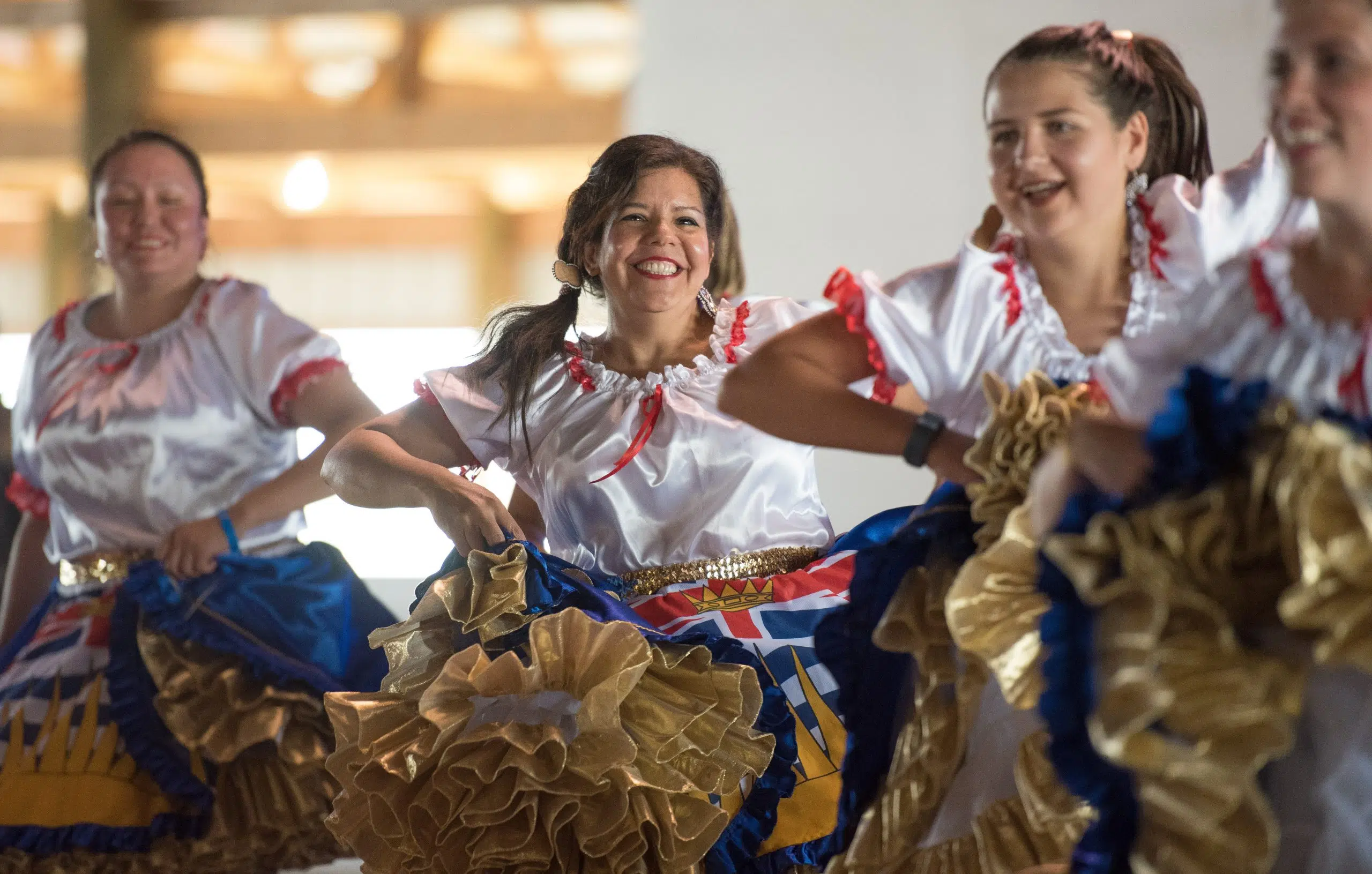
Métis head ‘Back to Batoche’
Since 1970, Métis from across the country have gathered for three days in Batoche, Sask., home to the famed Battle of Batoche.
Each year, they host a display of remembrance and cultural celebration where the last armed stand for the Métis people took place in 1885, led by Louis Riel and Gabriel Dumont.
“I can only use one word. Home,” Marilynn Fayant-Taylor said to describe the feeling she has towards the Batoche Historical Site. “I feel so attached to this place it is just incredible.”
Fayant-Taylor has been coming to the site since she was a small child. She attended mass at the church on the grounds and has a close tie to the mass grave that sits in a cemetery nearby. Her grand father, Andre Batoche, is buried there.


